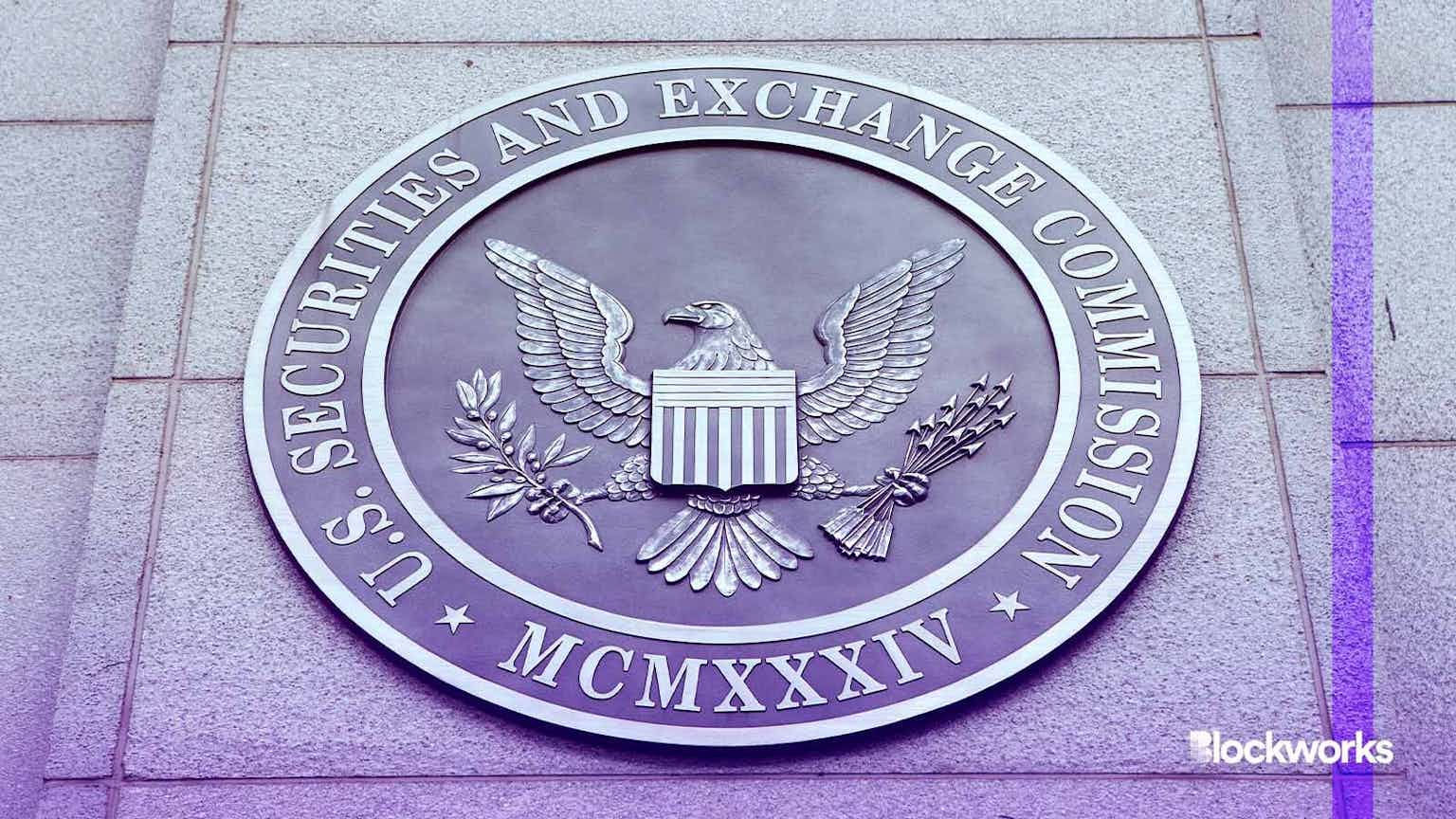Crashing Prices Expose Bitcoin Mining Industry’s Addiction to Leverage
Trapped between plummeting bitcoin prices, climbing electricity rates and high-interest debt, many bitcoin miners are finding themselves underwater

Bitcoin mining farm | Source: Shutterstock
key takeaways
- Bitcoin miners across the US took out loans to finance their rapid expansion over the past year, when crypto prices were at record highs
- BTC’s current low price means miners are operating on razor-thin margins, putting them at risk of default
Swaths of bitcoin miners face possible liquidation after taking out high-interest loans to fund their bull market spending habits, rather than selling their bitcoin — which industry participants say is apt to trigger a cascade of crypto lenders and hedge fund firms with exposures going bust.
Bitcoin miners rely on three profitability dynamics: the price of bitcoin (BTC), electricity prices and access to high-performance specialty mining rigs known as ASICs (application-specific integrated circuits). Check out our explainer guide for more info on the profitability and economics of bitcoin mining.
All three are now distressing miners — plus their creditors and other counterparties.
BTC is down some 30% over the past month — from $31,000 to under $21,000. Summer electricity prices are forecast to double year on year in the Northeastern US, home to a good number of miners.
Rather than sell their mined bitcoin, US operations commonly took out loans at fairly high interest rates, Blockworks has learned, when bitcoin’s price was double what it is today.
Estimates suggest nearly 40% of all bitcoin mining happens in the US. Crypto lenders such as BlockFi, NYDIG and China’s Babel Finance helped facilitate growing ASIC inventories. The operation was working — before stablecoin UST’s collapse and digital assets lender Celsius’ insolvency.
While energy costs are concerning, bitcoin’s price is the primary source of pain for miners — especially those with large amounts of leverage.
“Sentiment is really bad,” said Todd Esse, co-founder of mining hedge fund firm HashWorks. “At this price, margins are very thin, especially heading into summer with power prices set to rise in Texas and PJM [Pennsylvania, New Jersey and Maryland].”
Before the latest broad-based market downturn, miners found creative loopholes to put down deposits — between 30% to 50% — to manufacturers to receive a fresh batch of machines, pledging to pay the balance with funds from yet-to-be-mined bitcoin.
Operators even borrowed cash to cover overheads using their ASICs as collateral — believing the price of bitcoin would continue to rise, allowing them to mine profitably. A number of lenders, including the recently underwater Babel Finance, underwrote such loans, leading to the risk of the creditor getting stuck with bulky, illiquid machinery that loses money every second without power. And that’s not to mention firms voluntarily shutting down their rigs — some can’t break even as the price of electricity climbs.
Some will look to offload their entire ASIC supply on secondary markets, already awash with second-hand rigs from Chinese miners, according to mining consultant Alejandro De La Torre, who said it’s going to be “mayhem out there.”
In fact, HashWorks was recently offered top-of-the-line Bitmain S19j Pros for $4,400 — a staggering 65% below retail.
“The market is looking for a bid right now,” Esse said.
Lenders could reposses bitcoin miners to make themselves whole
Irrespective of where an operator got their rigs up and running, if there’s an outstanding line of credit, “no matter when you got in,“ it’s impossible to be “generating enough revenue through mining to make those loan obligations,” according to Jurica Bulovic, head of mining at Foundry Digital, which lends to crypto miners and engages in crypto staking.
Defaults on loans — which already carry a relatively high interest rate of about 11% annually — are expected to weigh heavily on creditors with large balance sheets.
However, most miners aren’t likely to start defaulting soon, Bulovic told Blockworks. Some have built balance sheets and other income to at least pay the interest.
But if the current economics continue, miners who’ve bought and and sold BTC over time will start tapping cash reserves.
If they have cash reserves.
“Obviously, no one wants to sell bitcoin, especially at these low prices, but they will have to to avoid default on their loans,” Bulovic said.
When possible, Foundry structures its loan between three parties — themselves, miners and the hosting facilities for rigs.
If the miner defaults, Foundry would take over the operation and continue to mine until it makes itself whole. But not all lenders have that expertise.
The final recourse is to repossess rigs and try to sell.
“This is a challenge for all lenders, as the markets are not very liquid,” Bulovic said. “It’s much easier to sell bitcoin than to sell an ASIC. I think some lenders in the space who came from traditional lending, or lending against bitcoin, will now realize that collateral they’re holding is maybe not as liquid or as valuable as they thought.”
Bitcoin hashrate expected to drop further
Evidence of pain can already be found in bitcoin’s hashrate, which measures processing power on the network. Over the past week, the hashrate has fallen around 17%, and bitcoin itself has tanked more than 20%.
Both Esse and De La Torre expect hash rate to fall significantly, although the Bitcoin network can withstand a sizable drop in hash rate and remain secure.
Crypto’s collapse has exposed immense leverage risk in bitcoin mining.
“If miners weren’t levered up, they’d either be mining or not, and they wouldn’t have debt to service,”’ Esse said. “This business is like any other commodity business: how much do you want to leverage up in oil? You should be operating within cash flow.”
The notion of “free money” is gone in mining, De La Torre said, for those who didn’t consider a potential price drop.
“And perhaps financing ASIC machines at $13,000 was a stupid move — and now they’re paying for that stupidity,” he said.
Start your day with top crypto insights from David Canellis and Katherine Ross. Subscribe to the Empire newsletter.





